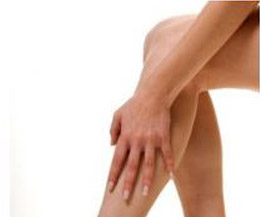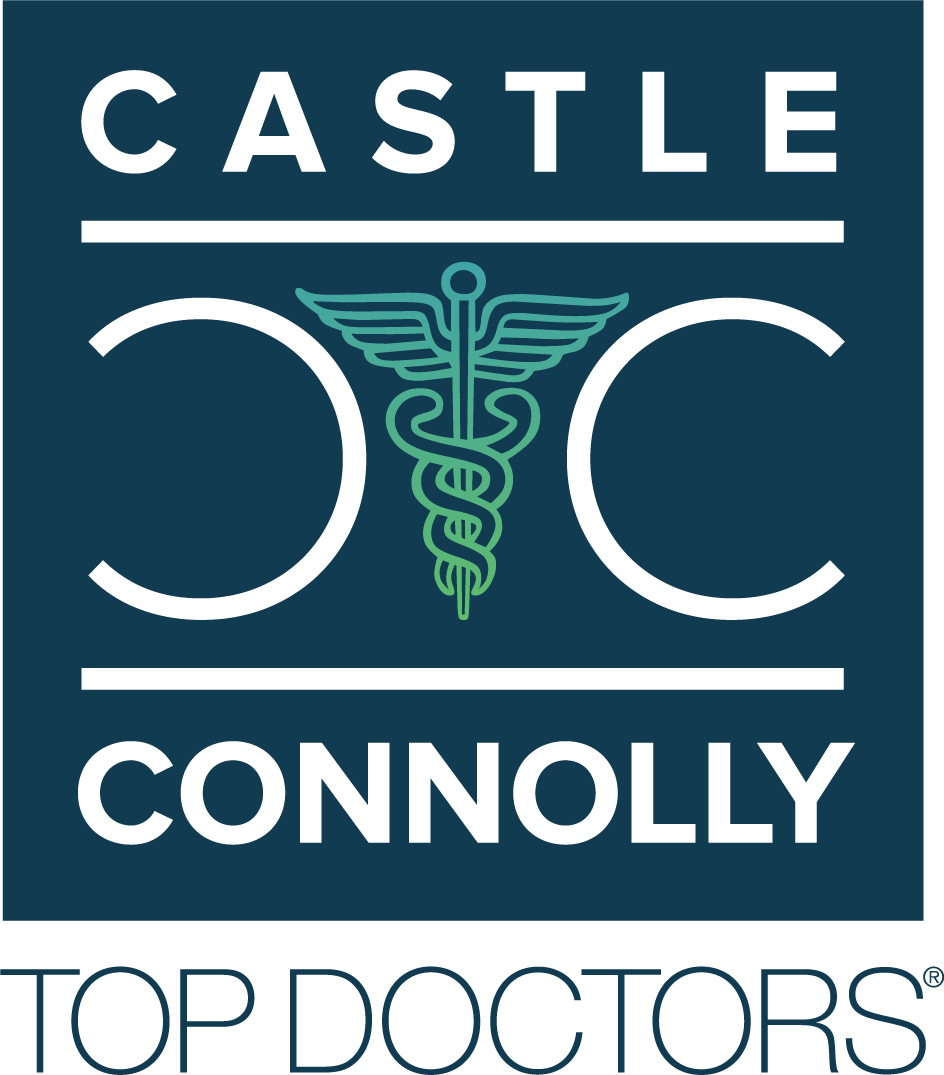
What are Spider Veins?
Spider veins are small, dilated veins near the surface of the skin that can look like spider legs, spiderwebs, or stars, often with numerous tiny, fine lines radiating out from a center point, or may be fine, separate lines. Often red, blue, purplish or greenish in color, these little lines of about .3 to 1.5 millimeters in size can appear anywhere on the body, but are usually found on the face and legs, but may also appear on the calves, thighs or buttocks.
Recent reports say that more than 75% of women over the age of 18 have spider veins, and they also form on the skin of men and children, as a universal vein condition that can be a simple matter of broken capillaries or point to a more serious medical condition such as venous hypertension. Doctors will conduct a detailed examination of spider veins, no matter where they appear, often using ultrasound to determine the depth of the problem and help formulate a tailored treatment plan to eliminate these cosmetically-annoying little marks as efficiently and comfortably as possible.
Spider veins are caused by weakening of blood vessel walls and an abnormal blood flow, so any activity or lifestyle that places pressure on the affected area – such as sitting in front of a computer for too long, or carrying extra weight – can cause or exacerbate spider vein issues. Age, menopause and hormonal issues, and pregnancy also can springboard spider vein appearance, and there very often is a genetic component making patients more likely to develop these little threadlike lines.
Spider veins do not disappear on their own once they appear, so don’t think that losing weight will magically erase the spider veins you may have developed while carrying extra pounds or while pregnant. A qualified medical professional is always needed to assess spider veins for treatment options.
Several different treatments exist for the elimination of spider veins, so consult with your doctor to determine your ideal regimen.




